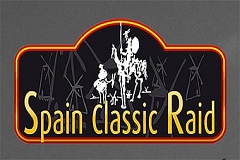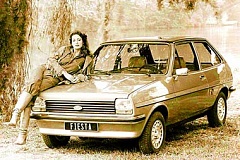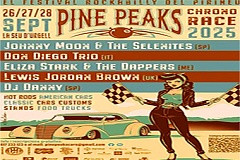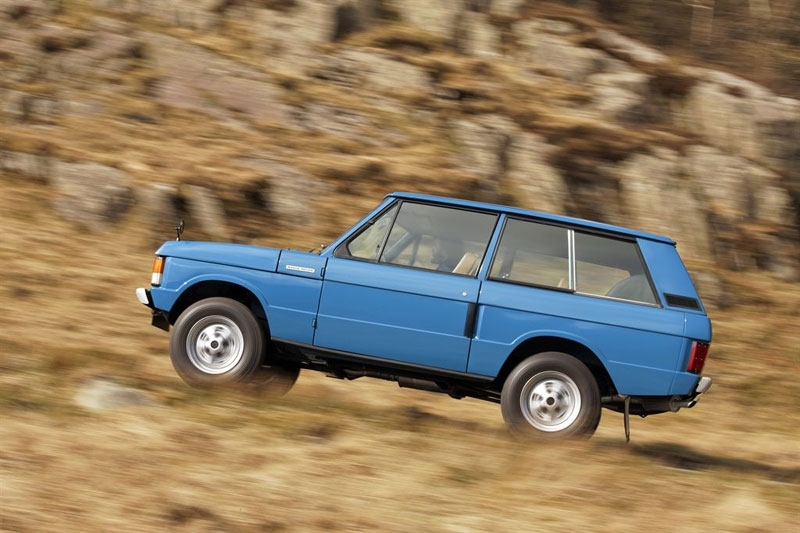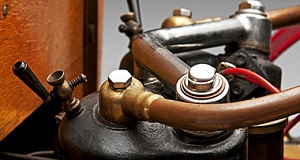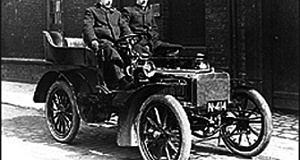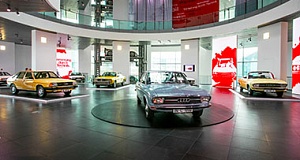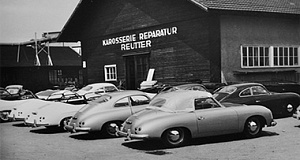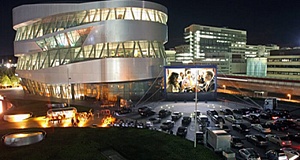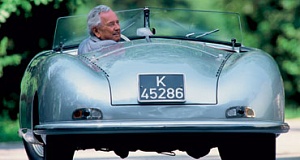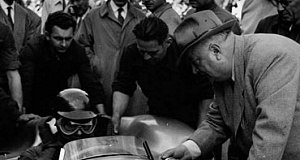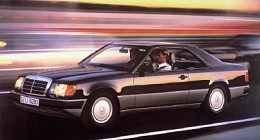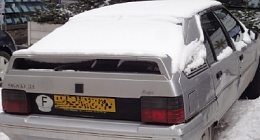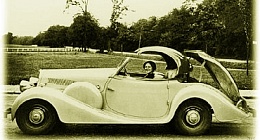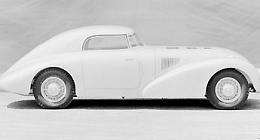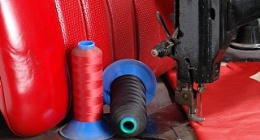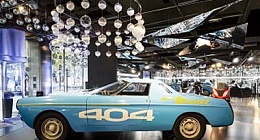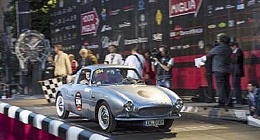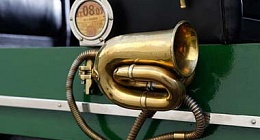Tres generaciones de Range Rover: el original (Classic) en 1970,
La segunda generación (P38a) en 1994 y de tercera generación (L322) en 2001 ·
El segundo modelo – el Range Rover Sport -. lanzado en 2005 se convirtió en en el Land Rover, más vendido durante el 2007.
"Land Rover tiene una historia única de innovación de productos, pero Range Rover es probablemente el vehículo más importante históricamente que hemos puesto en marcha. Es uno de los vehículos más importantes en la historia del automovilismo. " Phil Popham, director general de dijo en la celebración del 40 aniverasrio en 2010 que es uno de los vehículos más importantes en la historia del automovilismo, el Range Rover fue el primer vehículo del mundo que es tan bueno en carretera como off-road. Fue el primer 4x4 de lujo y todo un hito en el desarrollo de los SUV (Sport Utility Vehicle). Ha habido tres generaciones de Range Rover. El original, ahora conocido como el Clásico, salió a la venta en 1970 y continuó en la producción, con numerosas mejoras y una multiplicidad de variantes, en poco más de 25 años.
The Range Rover celebrates its 40th birthday on 17 June 2010
· The Range Rover was the world's first fully capable luxury 4x4
· There have been three generations of Range Rover: the original (Classic) in 1970, second-generation (P38a) in 1994 and third-generation (L322) in 2001
· Second model line - Range Rover Sport - launched in 2005 became Land Rover's biggest selling vehicle worldwide in 2007
· Third model line to be revealed at Paris Motor Show 2010
"Land Rover has a unique history of product innovation. But the Range Rover probably remains the most historically significant vehicle we have ever launched. It is one of the most important vehicles in the history of motoring."
Phil Popham, Land Rover Managing Director.
Overview
The Range Rover celebrates its 40th birthday on 17 June, 2010. One of the most significant vehicles in the history of motoring, the Range Rover was the world's first vehicle as good on-road as off-road. It was the first fully capable luxury 4x4 and was a milestone in the development of the SUV (Sport Utility Vehicle).
There have been three generations of Range Rover. The original, now known as the Classic, went on sale in 1970 and continued in production, with numerous upgrades and a multiplicity of variants, for just over 25 years.
The second-generation vehicle, known as the P38a, went on sale in 1994 and was replaced in 2001 by the current model. The continuing success of the Range Rover ensured that other premium makers jumped into the booming luxury SUV market. The latest version has enjoyed higher annual sales than any previous models and continues to be popular around the world. Sold around the world, from London to Los Angeles, Sydney to Shanghai, Turin to Tokyo, the Range Rover remains the ultimate choice for the luxury SUV customer.
"The Range Rover is really four vehicles in one," says managing director Phil Popham. "It's a seven-days-a-week luxury motor car; a leisure vehicle that will range far and wide on the highways and noways of the world; a high performance car for long distance travel; and a working cross-country vehicle."
From princes to politicians, from rock gods to rock climbers, from footballers to farmers, the Range Rover has always appealed to a diverse group of customers.
A second model line, the Range Rover Sport, was launched in 2005, aimed at more sports-oriented driver-focused customers. It has been a great success, and in 2007 was Land Rover's biggest selling vehicle worldwide.
Later this year, a further member of the Range Rover family will be added, taking the portfolio to three model lines. The new vehicle will be smaller, lighter and more fuel efficient, tying in perfectly with the Range Rover brand's commitment to environmental sustainability. Yet it will be no less premium, no less luxurious, and no less special than the other Range Rover models.
- Anterior
- Siguiente >>
